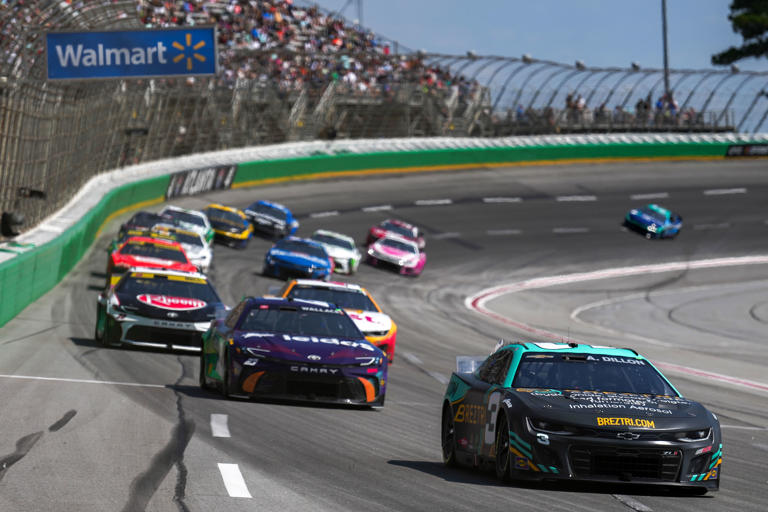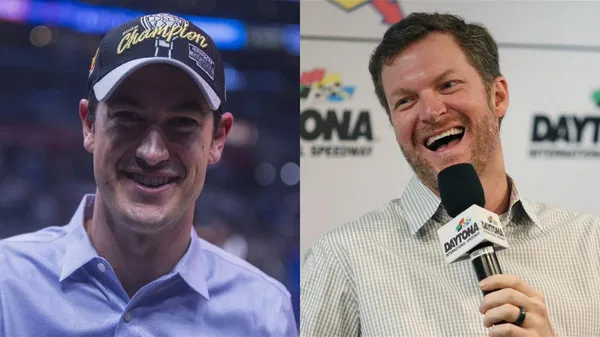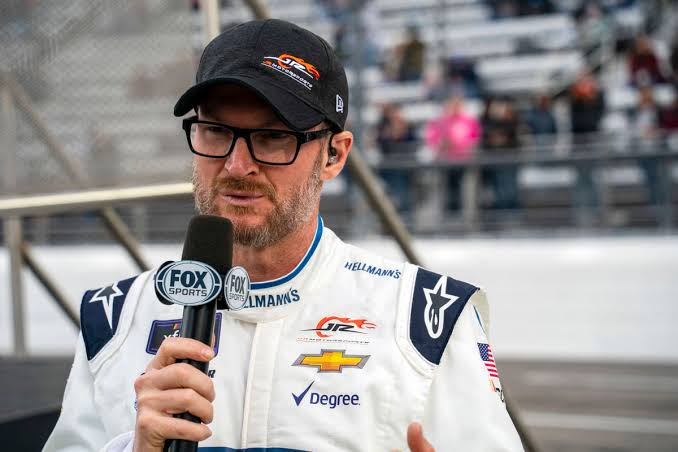In a move that’s set to reshape the landscape of stock car racing, NASCAR has unveiled a new driver incentive program designed to bolster the sport’s marketing efforts and increase fan engagement. While the initiative promises to elevate the sport to new heights, it has also ignited a firestorm of controversy among teams, many of whom are concerned that the program may encroach upon areas they have traditionally managed themselves.
The heart of NASCAR’s new program is a set of financial incentives aimed at motivating drivers to boost their public profiles and engage more actively with fans. According to NASCAR officials, the initiative is intended to reward drivers who excel not just on the track, but also in their efforts to promote the sport through social media, public appearances, and fan interaction. By tying these incentives to measurable metrics such as social media engagement, media appearances, and community involvement, NASCAR hopes to create a more dynamic and marketable image for the sport.
However, the program’s rollout has been met with significant pushback from several teams. The crux of their concerns revolves around the fear that NASCAR’s new incentives might intrude on areas that teams have historically controlled, such as driver endorsements, sponsorships, and public relations strategies. For years, teams have carefully managed these aspects to build their own brand identities and secure lucrative partnerships. The introduction of NASCAR’s program threatens to blur these lines, potentially disrupting the delicate balance teams have struck between competitive performance and commercial success.
One major point of contention is the program’s reliance on driver performance metrics tied to off-track activities. Critics argue that this could place undue pressure on drivers to focus on marketing and public relations efforts at the expense of their primary responsibility: racing. The concern is that drivers might be incentivized to prioritize social media followers and media appearances over technical development and race performance, which could ultimately undermine the sport’s competitive integrity.
Additionally, teams worry that NASCAR’s initiative could create an uneven playing field. Smaller teams, with fewer resources for marketing and media engagement, might find it challenging to compete with larger, well-funded teams that can afford extensive promotional campaigns. This disparity could further entrench the divide between the haves and have-nots within the sport, exacerbating existing inequalities and making it harder for smaller teams to attract sponsors and secure competitive advantages.
NASCAR’s leadership, however, has defended the program, asserting that it is a strategic move aimed at ensuring the sport’s long-term viability. By incentivizing drivers to engage more deeply with fans and the media, NASCAR believes it can enhance the sport’s visibility and appeal, ultimately driving greater revenue and fan loyalty. The program is also seen as a way to modernize the sport’s approach to marketing, reflecting broader trends in sports and entertainment where athlete engagement is increasingly seen as a key driver of success.
Despite the assurances from NASCAR officials, the program’s launch has raised broader questions about the role of governing bodies in the management of professional sports. The situation highlights a fundamental tension between central oversight and team autonomy, a dynamic that is not unique to NASCAR but is particularly pronounced in this case due to the sport’s unique blend of team and driver-centric operations.
In response to the backlash, NASCAR has indicated a willingness to engage with teams and stakeholders to address their concerns. The governing body has scheduled a series of meetings with team owners and drivers to discuss the program’s implementation and consider potential adjustments. The goal is to find a compromise that aligns with both NASCAR’s vision for the sport and the practical realities faced by teams.
As the debate unfolds, it remains to be seen how NASCAR will navigate these challenges. The sport stands at a crossroads, with significant opportunities for growth and modernization on one hand, and the risk of alienating key stakeholders on the other. The success of the new driver incentive program will depend on how effectively NASCAR can balance these competing interests and ensure that its ambitious plans translate into tangible benefits for the sport as a whole.
In the coming months, the impact of NASCAR’s decision will become clearer. For now, the racing community watches closely, as the sport’s future direction hangs in the balance.
NASCAR’s Bold New Driver Incentive Program Sparks Controversy: Teams Fear Intrusion




